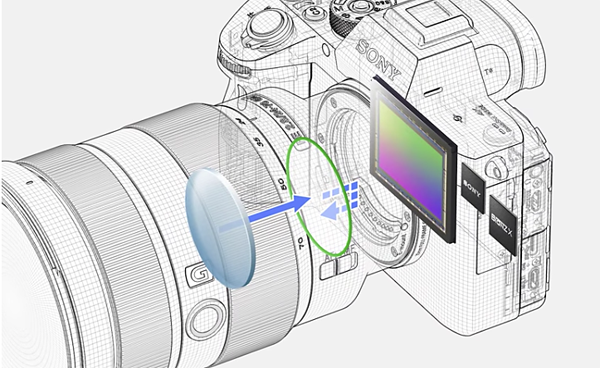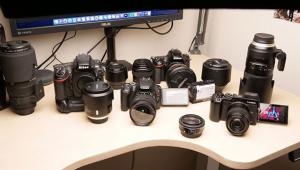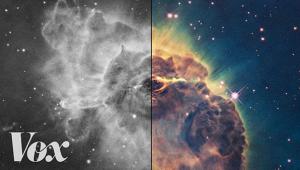What’s the Difference Between Contrast-Detection & Phase-Detection AF? Watch This Video & Find Out

Focusing speed and precision are key considerations when buying a new camera. Some models use a phase-detection autofocus (AF) system, while others use contrast-detection AF, and some offer the advantages of both.
If you’re uncertain about the differences between these focusing technologies, all you have to do is watch the video below. You’ll see how each autofocus system works, learn the advantages of a camera that features both systems, and be make your next purchase wisely, depending upon your needs.

In barely four minutes, photographer David Flores breaks down the differences between competing autofocus technologies, and provides a number of helpful tips for achieving “critical focus” regardless of which system your camera uses. This discussion includes both DSLR and mirrorless cameras, so you’ll be covered regardless of the gear you have.

Flores explains that some sophisticated DSLRs offer micro adjustments for calibrating specific lenses with the camera’s AF sensor. Modern mirrorless systems work in much the same way as a DSLR, except that their phase-detection AF systems make a reading directly off the image sensor because there are no mirrors in the mix.

The process of focusing an image varies among manufacturers, even with cameras using the same type of focusing system. And this four-minute video provides one of the clearest explanations of this topic that we’ve seen.
You can find more interesting videos on the B&H YouTube channel, and be sure to look at our earlier tutorial with a simple focus stacking technique for achieving maximum depth of field.
- Log in or register to post comments

















































